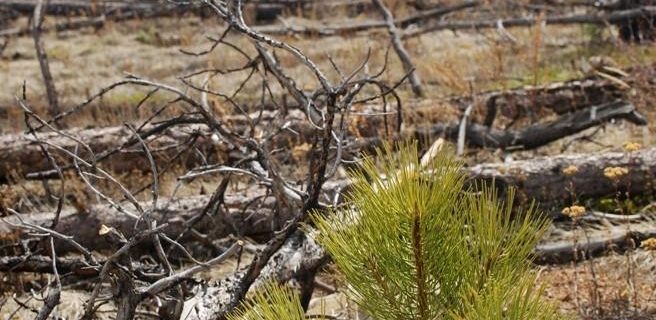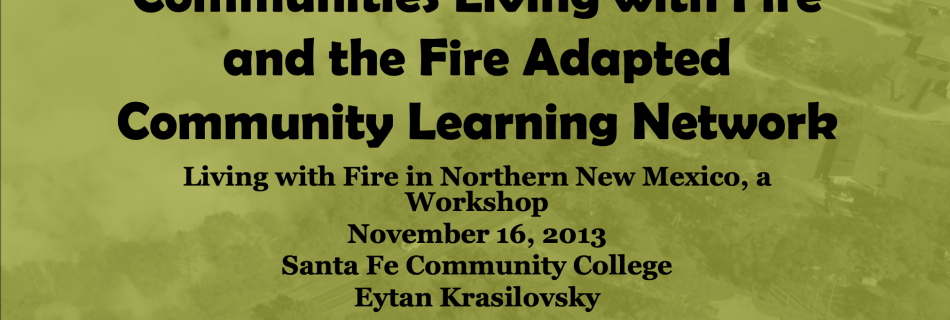February 2014: Fostering resilience in Southwestern ecosystems: A problem solving workshop
Fostering resilience in Southwestern ecosystems: A problem solving workshop Ecosystems and fire regimes are moving into new domains as a consequence of climate change, disturbance, and other causes. Fire professionals and land managers in the region are confronted with new fire regimes, fire effects, and ecosystem recovery trajectories following disturbance. To help fire and ecosystem …


